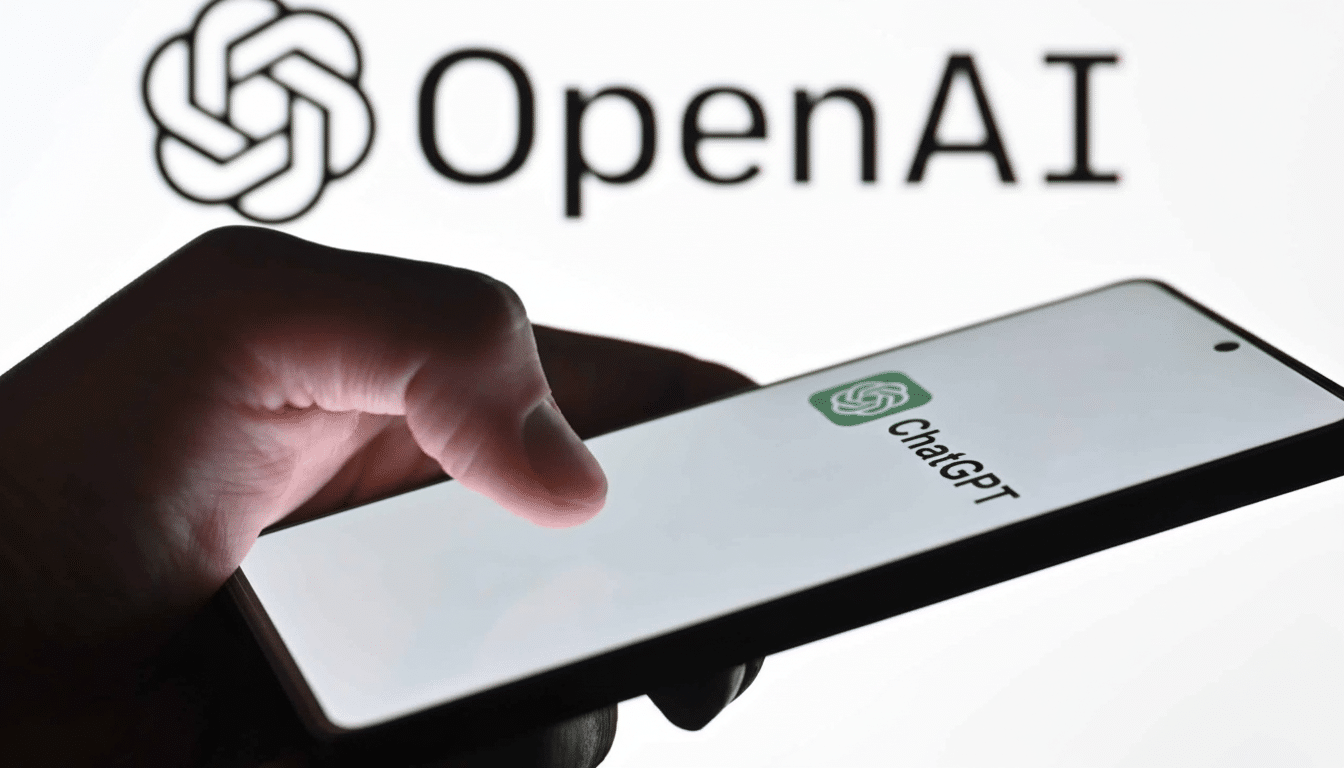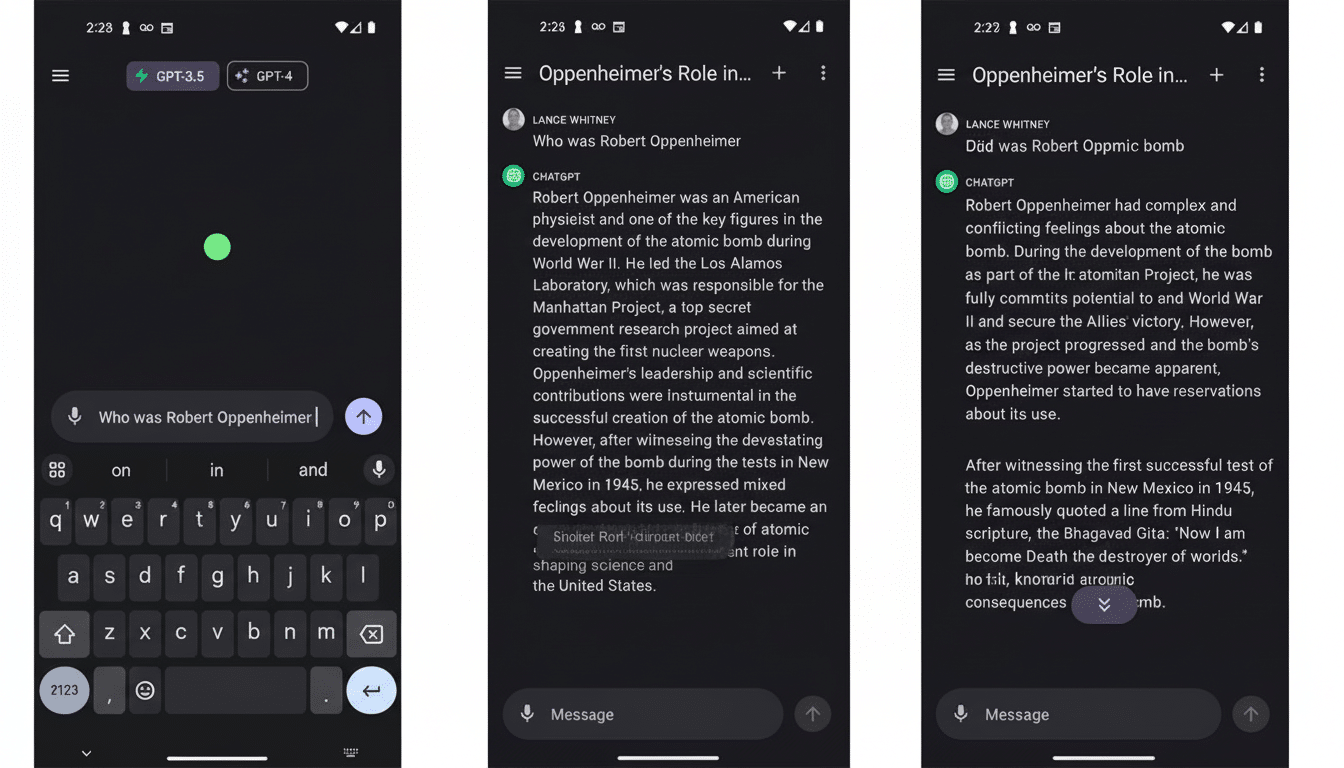ChatGPT could soon resemble less of a lonely assistant and more of a home to chat with people you know. Code in the most recent Android beta is pointing toward an included direct messaging system, as well as the ability to create group chats. Turn on those switches, and OpenAI’s marquee app could have a social layer that changes how people collaborate with AI.
DMs and Groups Appear in the Latest Beta Code
Engineering sleuthing on the ChatGPT for Android 1.2025.273 beta build has revealed strings and interface hooks related to peer-to-peer DMs and group chats.

The discovery, which came from engineer Tibor Blaho on X, was picked up by tech watchers at SammyGuru and indicates that OpenAI is busy wiring the scaffolding for human-to-human chats into the app.
The feature is not live, but references point to the ability to create basic chats, manage participants, and control message flows. One fun fact: DMs wouldn’t inherently pull your previous interactions or personal context from running chatbot threads, suggesting a simple, human-first conversation that’s independent of your AI convos.
Profiles And A Social Layer In The Making
There’s also code that flags profile improvements, not just messages. Researcher Radu Oncescu recently found code for setting a display name and uploading a profile picture, indicating that anonymous prompts may soon give way to identifiable ones. That fits in with OpenAI’s larger portfolio: its video app Sora already supports public profiles and person-to-person DMs that suggest a broader effort to bring social mechanics across products.
If ChatGPT follows in the footsteps of Sora, anticipate easier sharing of AI outputs — responses, images, or produced media — directly into threads, so that feedback loops and co-creation are more fluid than simply copying and pasting prompts between applications.
How Messaging Might Work with AI Assistants in the Loop
Open questions remain. The code doesn’t specify whether more than one custom GPT can participate in a group chat, but the idea is tantalizing: picture a product design team inviting a code-based GPT and then later asking a writing-focused GPT to come into a project room, each to pitch drafts of what they’d do — proposals for X or Y workflow changes, perhaps — then telling them to provide amalgamated recommendations live while others are in the room. In education, on-the-fly fact-checking while classmates talk about assignments.
Expect familiar chat primitives — invites, roles; maybe moderation tools — wrapped around AI actions like summarizing long threads, pulling out tasks, or staging drafts for approval. The best integrations might be the most unobtrusive, like a bot that recaps what happened for those who join a discussion late or another bot that accumulates links and files posted in a discussion.

Privacy and Moderation Questions for ChatGPT Messaging
Thus far, there’s no indication that the would-be chats will involve end-to-end encryption. Historically, OpenAI has fine-tuned its models on user content unless customers opt out; enterprise and certain business tiers are excluded from training by default, according to company policy materials. If messaging ships widely, anticipate a fresh chapter of scrutiny over data handling and retention, and whether human reviewers can see chat content in safety reviews.
Moderation is another hurdle. Group spaces are also morasses of spam, harassment, and the leaking of sensitive data. OpenAI will require strong reporting tools, automated abuse detection, and clear controls for administrators. There will be a difference between AI help and supervision — especially if GPTs can post in rooms where humans are coordinating real work.
Why Android Is A Strategic Launching Pad
It’s strategically logical to roll out new social features first on Android. Android is the world’s most widely used smartphone operating system, which in theory makes OpenAI’s testbed as large as it can get. Google Play’s staged rollout capabilities and server-side feature flags also allow OpenAI to ramp up, monitor crashes, and iterate quickly.
There’s also a powerful business case. Industry analyses suggest that these sorts of social and communications apps receive a disproportionate share of mobile engagement time. Tossing in DMs and groups can raise the number of sessions or active users, reaching beyond ChatGPT’s occasional use case as a problem-solver to establish it instead as a regular place for trading back AI-produced text and working together on aspects of a project.
What It Means For Users And, More Importantly, OpenAI
For users, integrated messaging might simplify their workflows: brainstorm in a group and ask the service’s GPT to cull the conversation; then ship a polished brief — without toggling between services. For OpenAI, it’s a way to foster deeper engagement and stickier network effects. The company has said that it serves more than 100 million weekly active users; if those users have a reason to talk to each other in ChatGPT, the value of every prompt may be able to grow.
However, this is not a launch announcement but “early code.” Certain features evolve and some never ship. But if DMs and group chats do come to Android, they’d represent a potentially defining shift: from single-user chatbot to collaborative platform where people and AI work — and talk — together.

